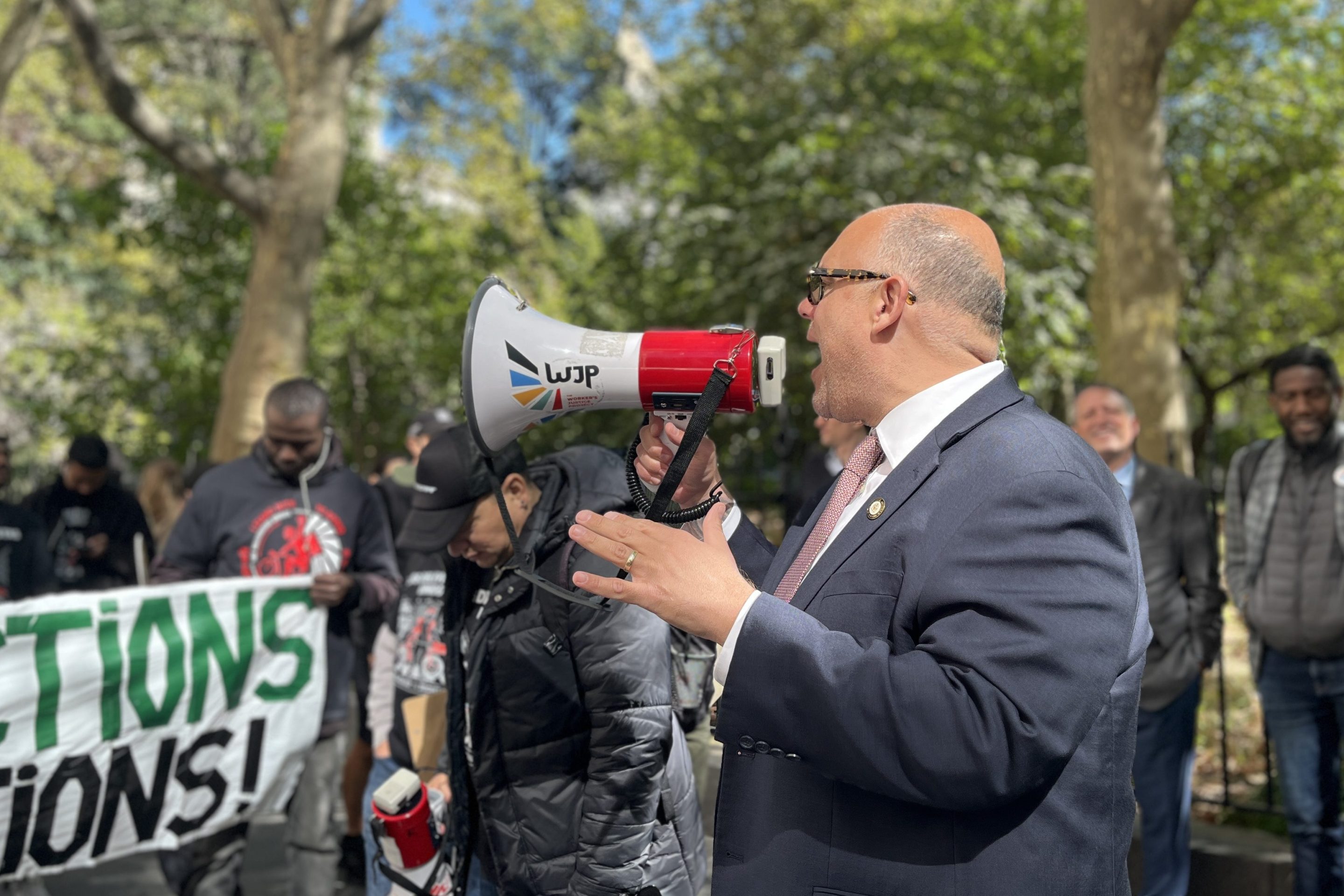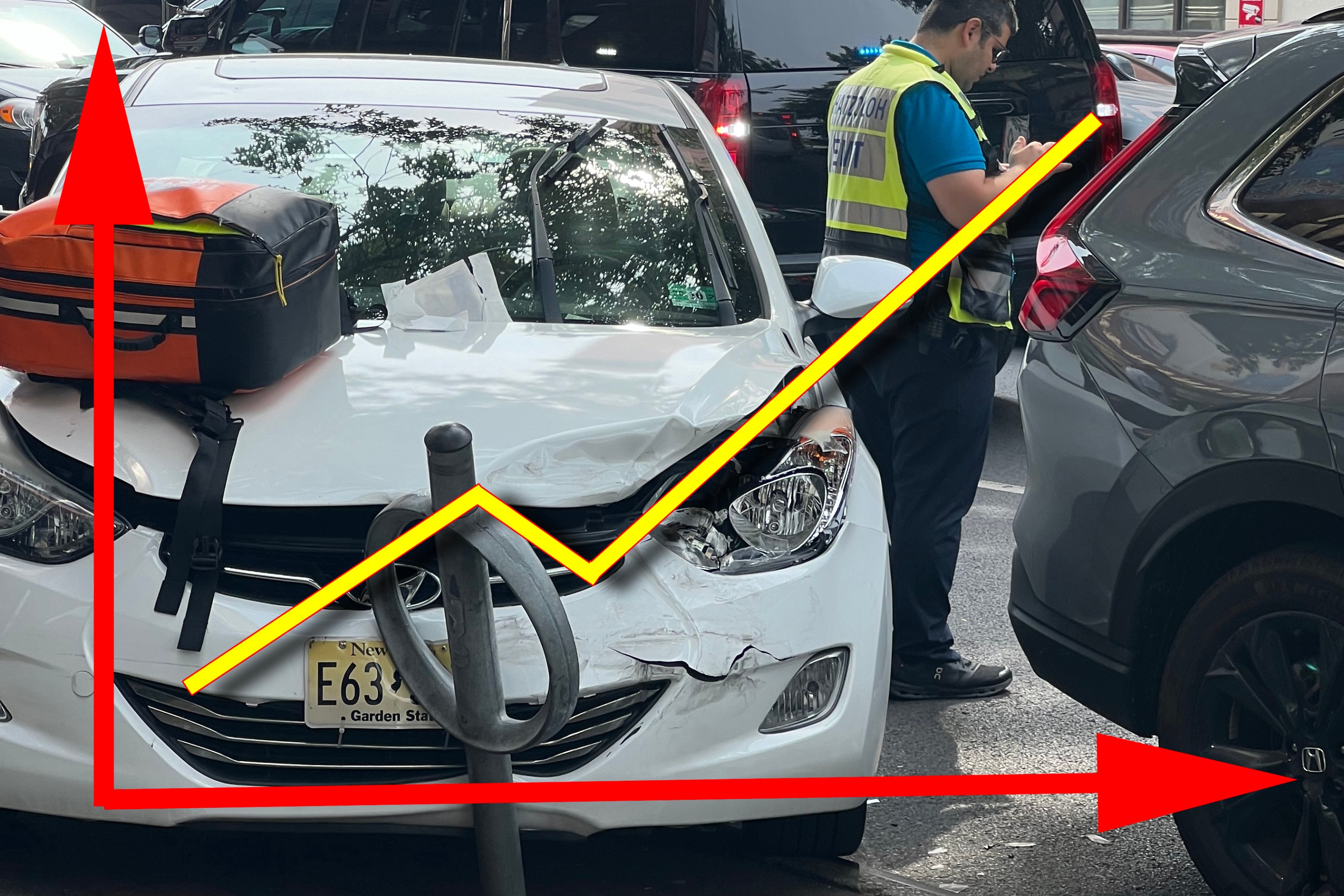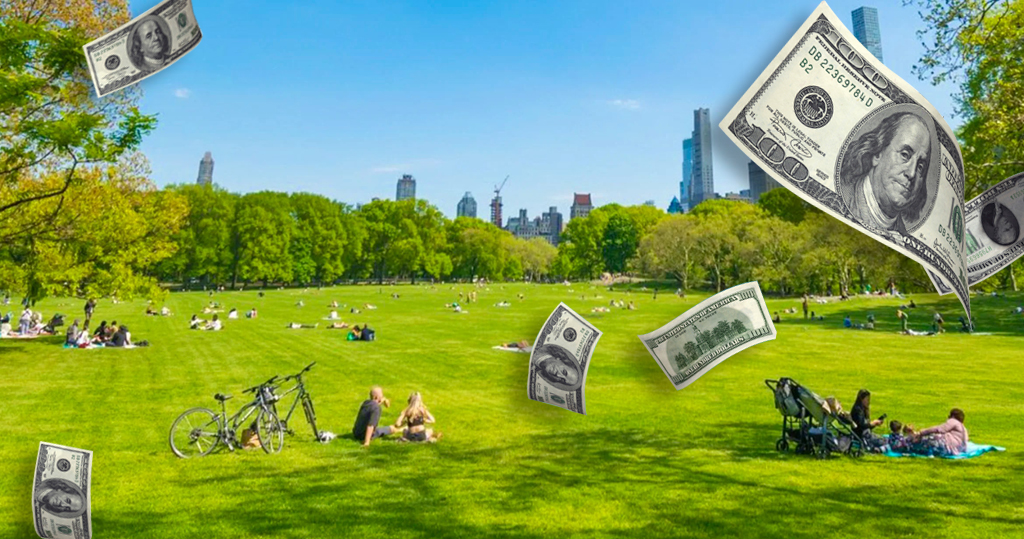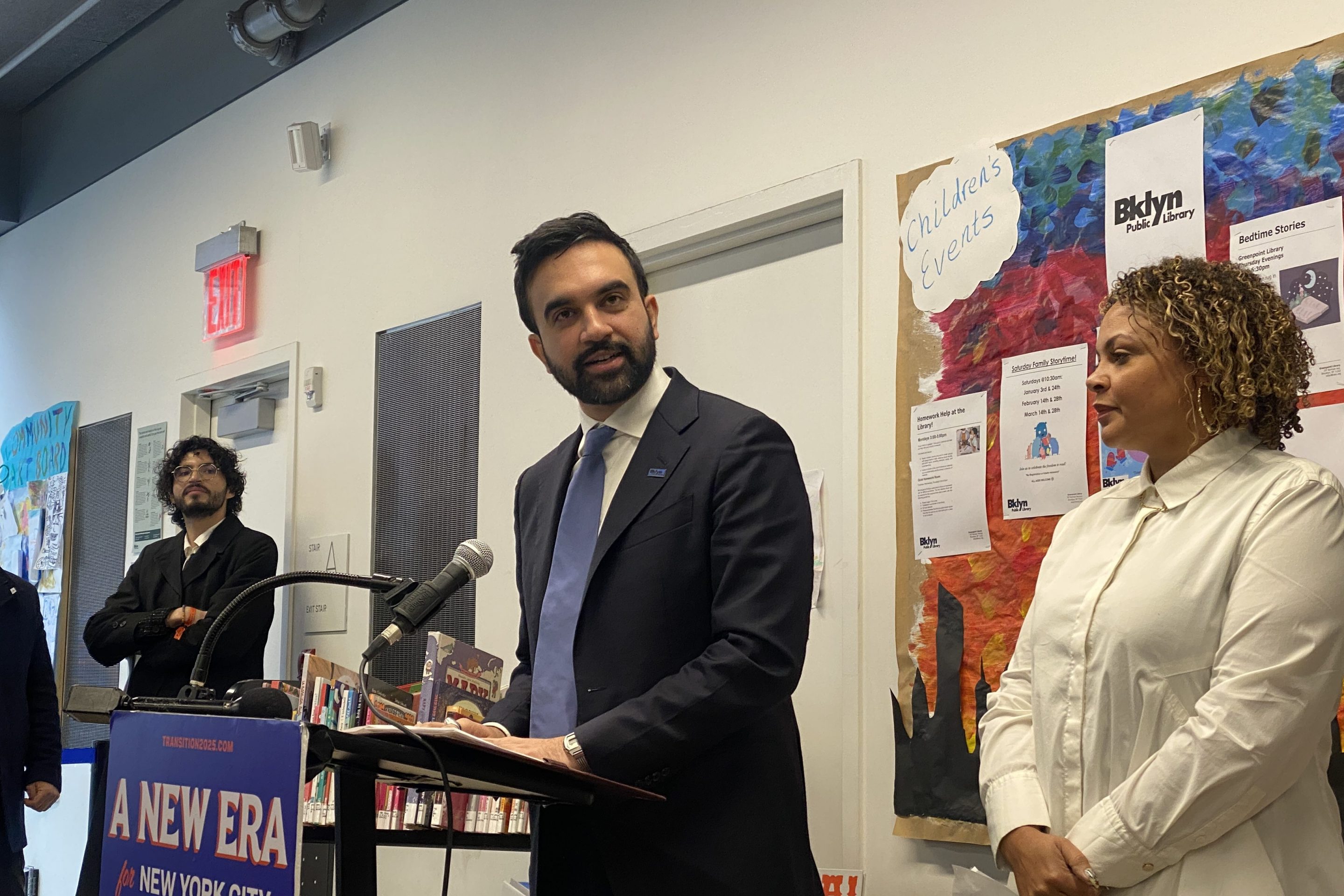
In August, I had the pleasure of spending a little more than two weeks in Melbourne, Australia. Melbourne is the country's second-largest city, with 3.8 million residents in the metropolitan area. Despite its size, from a walking and transportation standpoint (to say nothing of a coffee-drinking perspective), Melbourne almost defines the term "livable city."
Trams
Melbourne boasts the world's most extensive tram network, with 152 miles of track, 28 routes and more than 1,800 tram stops. A total of 156.4 million passenger trips were recorded on Melbourne’s trams in 2007. Melbournians love their tram system, which was begun in 1885, and they fiercely fought efforts to cut the system about 30 years ago. Since then, service has been upgraded and lines added or extended. Trams are so much the norm that drivers making rights at major intersections are required to execute the Melbourne "hook turn" so as not to block oncoming trams.

Cycling
 The City of Melbourne is serious about improving cycling conditions and has been working hard to add bike lanes and other infrastructure, including a new "Copenhagen-style" protected bike lane on a one-kilometer stretch in the CBD (not pictured here). "The city aims to be one of the best cycling cities in the world," according to its impressive annual report on cycling conditions [download it].
The City of Melbourne is serious about improving cycling conditions and has been working hard to add bike lanes and other infrastructure, including a new "Copenhagen-style" protected bike lane on a one-kilometer stretch in the CBD (not pictured here). "The city aims to be one of the best cycling cities in the world," according to its impressive annual report on cycling conditions [download it].
The city's efforts have been paying off in increased bike commuting. Cyclists accounted for almost eight percent of all morning peak vehicles on the road in 2007, up from four percent in 2006. Today, there are about 12,000 cycle trips into and out of Melbourne's CBD each weekday, according to the advocacy group Bicycle Victoria.
Bicycle Victoria has 40,000 members, covering the entire state of Victoria, of which Melbourne is the capital. Cycling crash insurance is included in the Aus$95 (US$77) cost of membership.
I was impressed by how well equipped the local cyclists are. This is in part because helmets and lights are mandatory. But a large percentage of cyclists were also outfitted with accessories like day-glo rain jackets and panniers. Both cyclists and pedestrians generally obey traffic signals, although tram tracks are an ever-present hazard for riders. I saw one woman snare her front wheel in a track and fall, and I witnessed other cyclists blithely crossing tracks at angles I considered perilous.

Still, cycling is eminently safe compared to New York City. Melbourne reports that in 2006 there were just 146 crashes resulting in injury. Nevertheless, Melbourne considers this figure too high and is trying to whittle the numbers down further. Among the city's upcoming projects is a Web site for cyclists to report issues and hazards.
Lovely off-road bike paths wind through sections of the city. I followed one along the Yarra River for many miles, and it was often hard to believe I was still in Melbourne. On trips out of town, I was amazed to see that outside of urban areas bicyclists are permitted to ride on the shoulders of freeways, with signage advising them how to safely traverse on-ramps.
Laneways and other pedestrian amenities
 Melbourne is filled with hidden "laneways" that cut between major streets downtown. The city has been steadily reclaiming these hidden treasures from traffic and disuse, and the laneways have become renowned for their charm, with al fresco eateries, boutique shops and bars. A number of inviting pedestrian arcades, reminiscent of those in Paris, can be found as well.
Melbourne is filled with hidden "laneways" that cut between major streets downtown. The city has been steadily reclaiming these hidden treasures from traffic and disuse, and the laneways have become renowned for their charm, with al fresco eateries, boutique shops and bars. A number of inviting pedestrian arcades, reminiscent of those in Paris, can be found as well.
Sidewalk build-outs for traffic calming are plentiful around town and are put to varied uses, including café seating and bike parking.
As he has been doing in New York City, Danish architect Jan Gehl has been working with the City of Melbourne to improve the quality of its public realm.
All in all, Melbourne is a wonderful place to explore on foot, by tram or by bike -- after you spend half an eternity getting there!
Photos: Ken Coughlin





